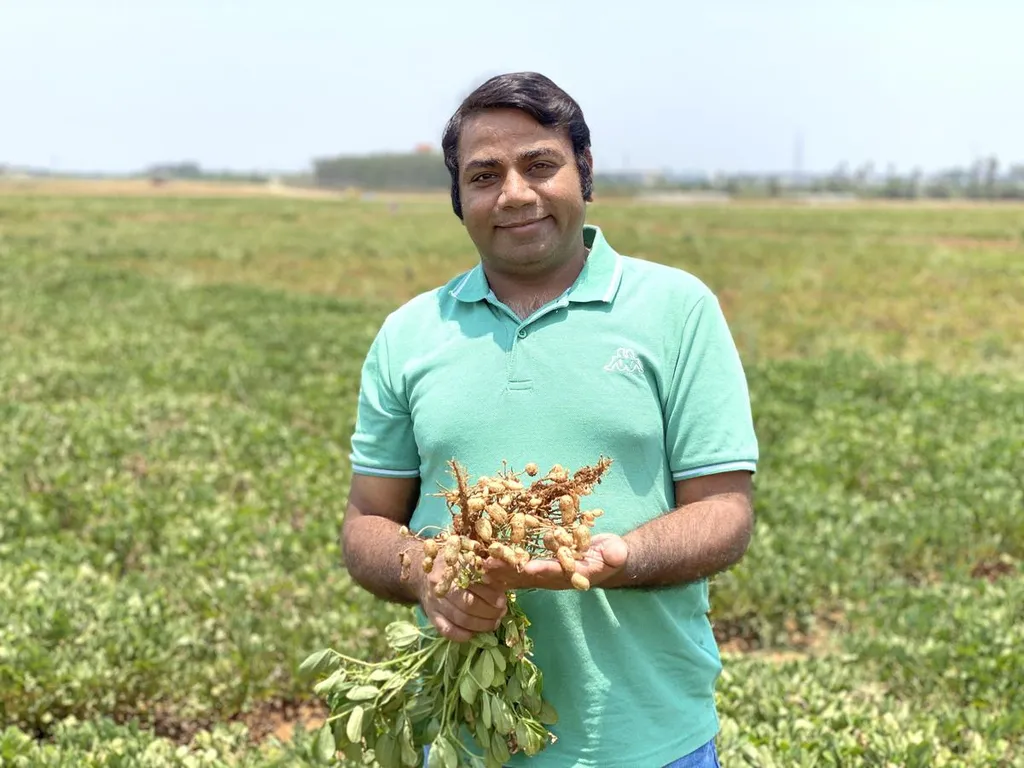In the heart of India, where agriculture is the backbone of the economy, a team of researchers led by Shashidhar B. Reddappa from the Division of Genetics at the Indian Agricultural Research Institute has made a significant breakthrough in understanding the genetic basis of yield-contributing traits in mungbean (Vigna radiata L.). This leguminous crop, often overshadowed by its more glamorous counterparts, is a vital source of protein for millions. The study, published in the journal *Scientific Reports* (which translates to “Nature Research Reports”), could pave the way for improved crop yields and food security.
Mungbean’s productivity has long been hampered by the complex interplay of various yield-contributing traits. To unravel this genetic puzzle, Reddappa and his team employed advanced techniques like genotyping-by-sequencing (GBS) and quantitative trait loci (QTL) mapping. They developed a recombinant inbred line (RIL) population by crossing two contrasting genotypes, Pusa Baisakhi and PMR-1, and used 1,347 single nucleotide polymorphisms (SNPs) to construct a detailed genetic map.
The team identified 17 QTLs associated with six key yield-contributing traits: number of leaves per plant, plant height, SPAD value (a measure of chlorophyll content), 100 seed weight, number of pods per plant, and total grain yield. The Logarithm of Odds (LOD) scores for these QTLs ranged from 3 to 9, with phenotypic variance explained (PVE) ranging from 9% to 24%.
“Understanding the genetic basis of these traits is essential for developing an ideal genotype with high yield,” Reddappa explained. The researchers also identified several candidate genes with mRNA expression and protein-altering mutations, which play crucial roles in growth, flowering, and metabolism. These genes were validated through digital gene expression analysis, adding another layer of robustness to the study.
One of the most promising aspects of this research is the development of Insertion-Deletion (InDel) markers for the identified QTLs. These markers hold broad applications for the improvement of yield-related traits in mungbean, potentially revolutionizing the way breeders approach crop improvement.
The implications of this research extend far beyond the field. In a world grappling with climate change and food security, understanding the genetic underpinnings of crop yield is more critical than ever. This study not only sheds light on the complex genetics of mungbean but also provides a roadmap for future research in other leguminous crops.
As we look to the future, the work of Reddappa and his team offers a beacon of hope. By harnessing the power of advanced genetic techniques, we can unlock the full potential of our crops, ensuring a more sustainable and food-secure future for all. The study, published in *Scientific Reports*, is a testament to the power of scientific inquiry and its potential to transform the world.

